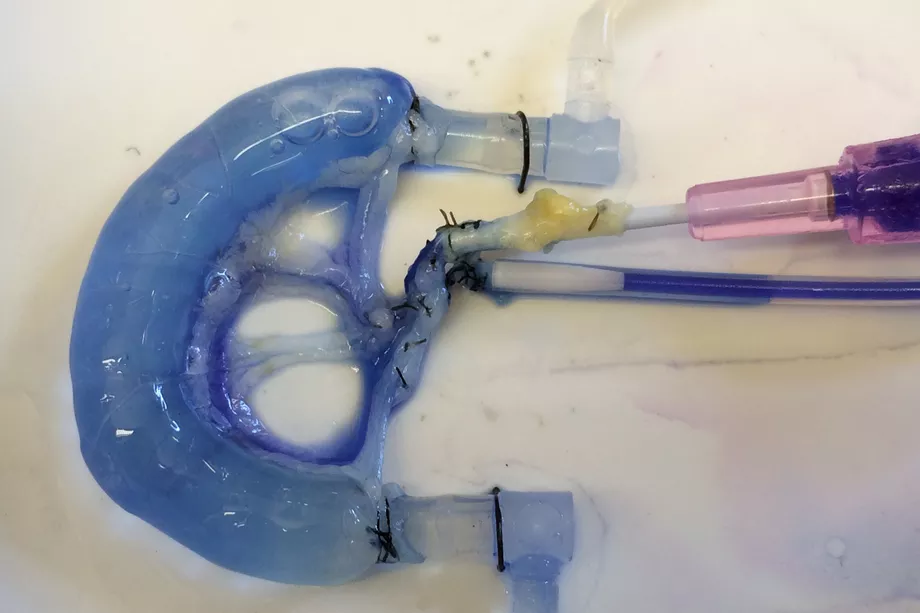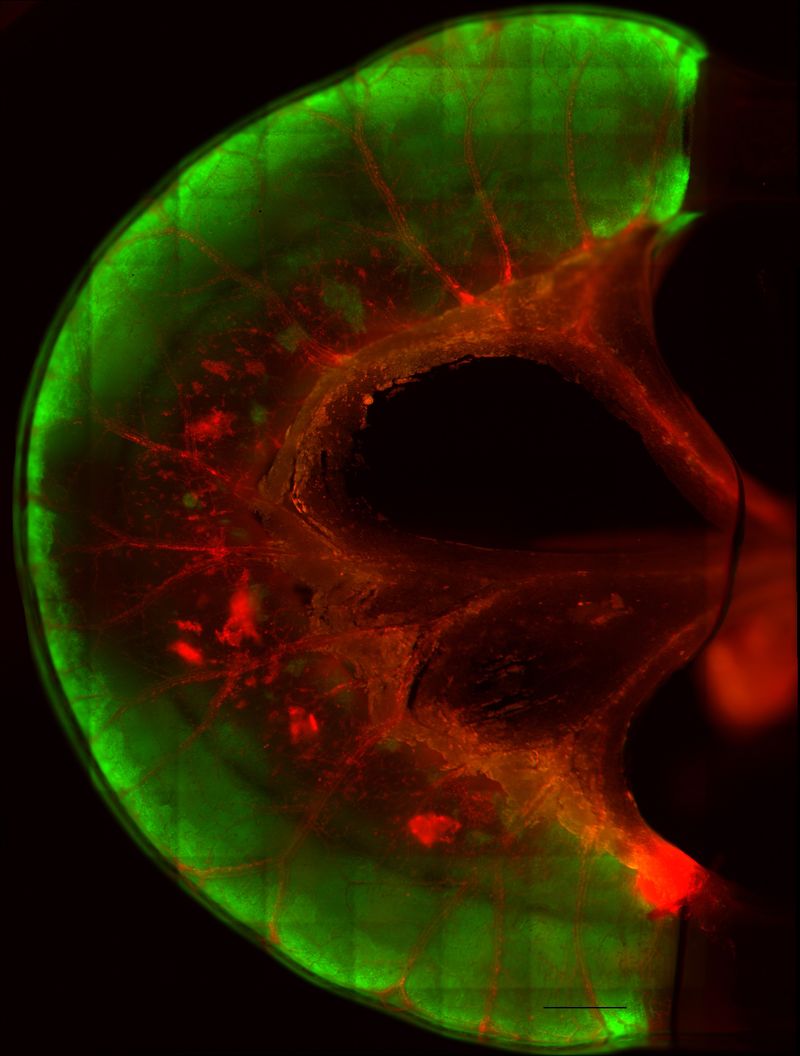
A variety of diseases, including Crohn’s disease, lead to people having short bowels, which makes it harder for their bodies to absorb nutrients. One common solution is bowel transplant, but there is a shortage of intestines and, as with all transplants, the patient’s body often rejects the new organ. For a study published today in the journal Nature Communications, researchers grew new intestines in the lab.
They used two parts: the cells of the intestine, and the structure that the cells grow on to retain the bowel shape. (This structure is called the scaffold.) First, the team took a 1.6-inch portion of intestine from a rat — roughly 4 percent of the total small intestine. They then used a detergent solution to strip the existing cells from this rat intestine, keeping the scaffold behind. The process was repeated for 156 rats.

Next, they coated the scaffold with two types of cells that would grow and make the intestine more effective. The first type were cells that make up organs, called epithelial cells. After two weeks, the researchers added specialized cells that line the inside of blood vessels, or endothelial cells. Both types were grown from human stem cells, because stem cells have the ability to develop into many different types of cells and keep growing.
This new intestine worked about as well as the original bowel to absorb and transfer nutrients, and continued to survive for at least four weeks after it was transplanted back into the rat. This transplantation method is still in early stages. We need to see how long the new organ can function, and there will be challenges for repeating the technique with larger animals. But it provides promise for creating intestines for humans in the future.

 Previous page
Previous page Back to top
Back to top







